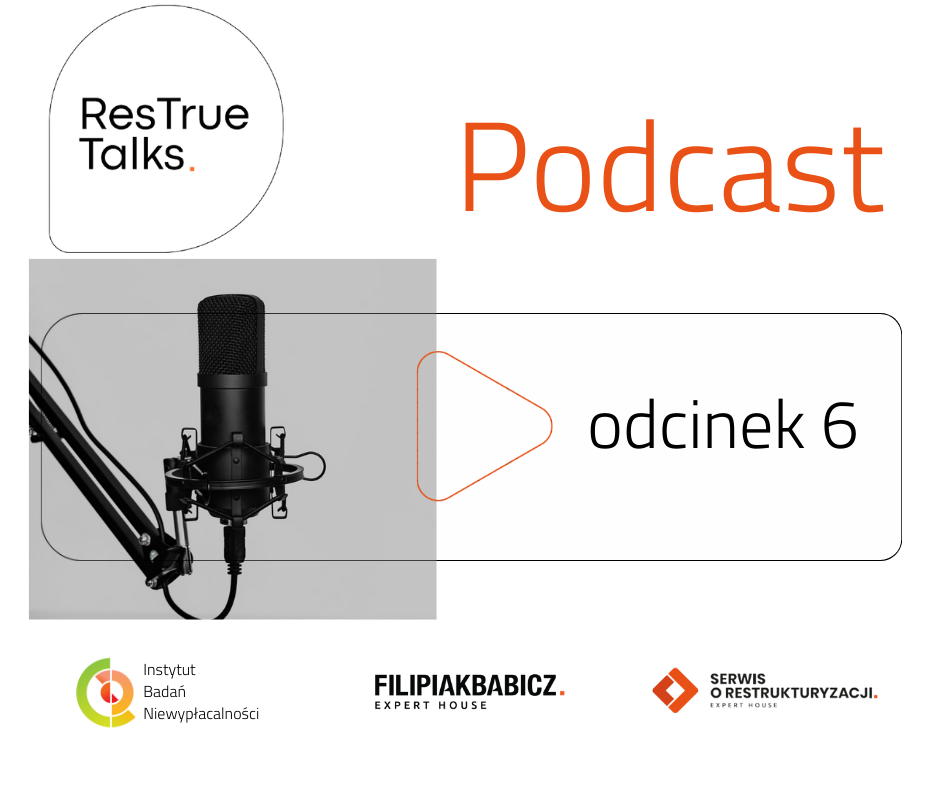
Court change of part of the income included in the bankruptcy estate of an individual

One of the basic consequences of declaring bankruptcy of a natural person, both a business operator and a consumer, is the “seizure” of part of his remuneration by the trustee and allocating it to the costs of bankruptcy proceedings and satisfaction of creditors.
Seizure of remuneration for work in bankruptcy proceedings
The division of remuneration into the part included in the bankruptcy estate (remaining at the exclusive disposal of the trustee) and the part not included in the bankruptcy estate (transferred to the bankrupt for maintenance) is regulated by the provisions of the Code of Civil Procedure regarding property excluded from enforcement and the provisions of the Labor Code regarding the seizure of receivables employee’s remuneration.
However, in certain situations, the application of applicable provisions on wage garnishment could have a negative impact on the ability to meet the basic needs of the bankrupt’s family. This applies primarily to cases in which he is the sole breadwinner of the family. The act only guarantees him the minimum wage, i.e. approximately PLN 2,784 net (and if the wage is high – more than twice the minimum wage – then it will be 50%).
Possibility to change the amount of remuneration included in the bankruptcy estate
Bankruptcy proceedings for natural persons, especially those not conducting business activity, generally end with debt relief. This is a procedure in which the directive of maximum satisfaction of creditors must often give way to the principles of equity and humane treatment of the insolvent debtor. For this reason, in Art. 63 section 1c p.u. a regulation has been introduced according to which “the judge-commissioner, at the request of the bankrupt or the trustee, may otherwise determine the part of the bankrupt’s income that is not included in the bankruptcy estate in accordance with section 1a or 1b, taking into account the special needs of the bankrupt and persons dependent on him, including their health condition, housing needs and the possibilities of meeting them.
It is worth emphasizing here that only the court (judge-commissioner), and not the trustee, can change what part of the remuneration will be covered by bankruptcy proceedings. The trustee is obliged to implement applicable regulations, including securing the amount included in the bankruptcy estate, in accordance with the provisions of the Code of Civil Procedure and the Labor Code. However, if he sees that the scope of wage garnishment resulting from the regulations leads to “harm” to the bankrupt’s family, he may submit to the court an application referred to in Art. 63 section 1c of the Act, even if it reduces the proceeds to the bankruptcy estate.
How to submit an application?
Such an application should be submitted in the IT system of the National Register of Debtors. In the event of bankruptcy of a natural person not conducting business activity, if the proceedings files are kept by the trustee, it is best to use the “Other letter” form for this purpose, without indicating the reference number of the proceedings (so that the letter does not end up in the trustee’s files), and then selecting the competent court. In the event that the proceedings files are kept by the court and a judge-commissioner is appointed, the reference number of the proceedings files should be completed in the form.
In the submitted letter, the bankrupt or the trustee should indicate the extent to which, in their opinion, the remuneration should be covered by the bankruptcy estate and the circumstances justifying a change in the proportions specified in the Act. These circumstances should concern the premises specified in Art. 63 section 1c of the Act, i.e. “the special needs of the bankrupt and his dependents, in particular their health condition, housing needs and the possibility of meeting them”. It will therefore be necessary to indicate to the court:
- general household costs,
- additional costs resulting from the “special needs of the bankrupt”, such as the purchase of medicines, the need to pay for rehabilitation or frequent visits to the doctor,
- income of persons running a common household.
The applicant should demonstrate that with the statutory level of wage garnishment, it is not possible to incur these additional and necessary costs. Then the court or judge-commissioner (depending on the type of proceedings) should determine new proportions between the part of the remuneration included in the bankruptcy estate and the part excluded from the proceedings.
Summary
Regulation under Art. 63 section 1c p.u. allows for more flexible rules for dividing the bankrupt’s remuneration between him and the trustee conducting bankruptcy proceedings. Thanks to it, it is possible to adjust the “burdens” resulting from the declaration of bankruptcy to the individual life situation of the bankrupt debtor.













